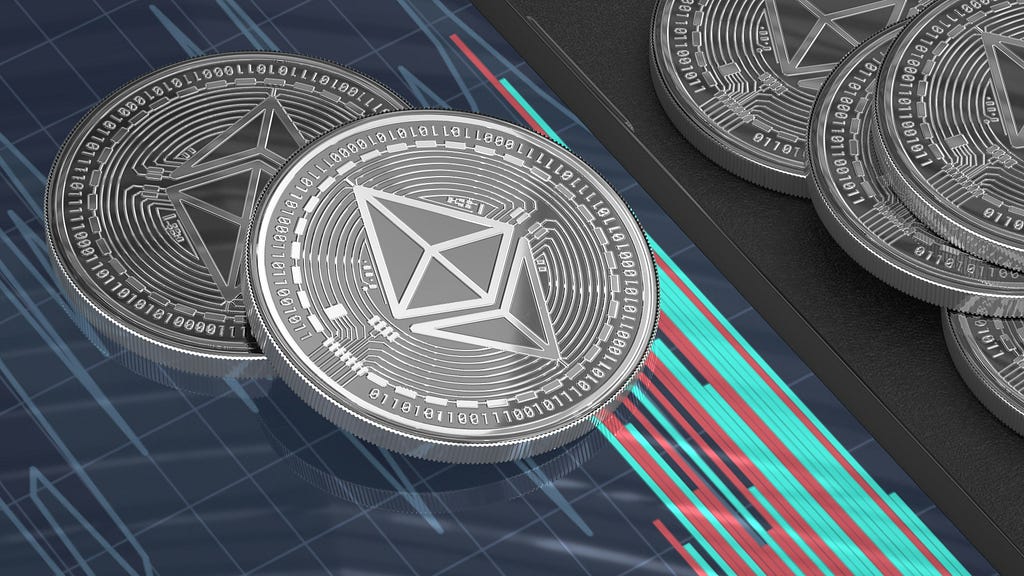How Blockchain’s Most Profitable Loophole Blurs the Line Between Innovation and Exploitation
The MEV Gold Rush: Ethereum’s Dirty Little Secret?
Ethereum, the blockchain darling of DeFi, prides itself on decentralization, transparency, and a fairer financial future. But if you look past the idealistic marketing, you’ll find a chaotic, high-stakes battleground where algorithms battle for profit, and everyday users are unwitting pawns. Enter Maximal Extractable Value (MEV), the blockchain equivalent of a Wall Street trading floor — only without the suits and regulation.
At its core, MEV is the art (or science, depending on who you ask) of squeezing extra profit from Ethereum’s transaction order. Validators and crafty searchers play a never-ending game of “who can manipulate the mempool better?” — racing to front-run , back-run, and sandwich everyday transactions to skim off the top. If that sounds a little predatory, well… that’s because it is.
The Chaos that is Transaction Ordering
Imagine you’re at a coffee shop, patiently waiting in line to order a latte. Suddenly, someone sneaks ahead, offers the barista an extra $5, and gets their drink first. Annoying, right? Now imagine this happens thousands of times a day, with bots programmed to outmaneuver you at every turn. That’s MEV.
Ethereum’s open mempool (where pending transactions hang out before confirmation) is a playground for these opportunistic actors. Common strategies include:
- Front-running: Seeing your pending transaction and paying a higher fee to execute ahead of you, effectively stealing your trading advantage.
- Back-running: Placing a trade right after a big transaction to capitalize on predictable price movement.
- Sandwich attacks: Buying before you, selling after you, and making you the meat in their arbitrage sandwich.
- Liquidation sniping: Watching for under-collateralized loans and snatching them up before others can.
If this sounds eerily familiar, that’s because it mimics traditional high-frequency trading (HFT) strategies from Wall Street — except in DeFi, there’s no SEC breathing down anyone’s neck. At least, not yet.
Regulation or Innovation? The TradFi Parallels
Traditional finance (TradFi) has been through this rodeo before. The SEC and CFTC cracked down on front-running in stock markets ages ago, classifying it as illegal insider trading. High-frequency traders, payment-for-order-flow schemes (looking at you, Robinhood), and dark pools have all come under scrutiny.
So, what about MEV? It’s in a regulatory gray zone. Ethereum validators and searchers don’t fit neatly into existing financial laws, but their tactics raise eerily similar concerns. If a validator intentionally reorganizes transactions to profit at someone else’s expense, is that just market efficiency — or is it financial exploitation?
The Ethics of MEV: Necessary Evil or Decentralized Villainy?
Defenders argue that MEV is a natural byproduct of Ethereum’s open architecture, providing necessary incentives for validators. After all, market efficiency requires arbitrage, right?
Critics, however, see MEV as a trust-destroying parasite on DeFi. Why should regular users have their trades manipulated by unseen actors with superior tools? Some key concerns:
- Fairness: No best-execution obligations exist in DeFi, meaning users have zero protection from exploitative practices.
- Trust: If DeFi starts looking as rigged as TradFi, why should users switch from banks to blockchains?
- Systemic risk: If validators prioritize MEV profits over network stability, Ethereum’s long-term credibility is at stake.
In short, MEV might be making Ethereum more efficient, but at what cost? When “decentralized finance” starts feeling like a hedge fund’s playground, something’s got to give.
The Legal Maze: Can Regulators Catch Up?
MEV’s legal status is a jurisdictional headache. Unlike TradFi, where regulators can subpoena traders and enforce rules, Ethereum is global, decentralized, and (mostly) pseudonymous. Different regions are approaching crypto regulation with varying levels of enthusiasm:
- U.S.: The SEC and CFTC haven’t touched MEV yet, but past enforcement against manipulative trading could set a precedent.
- EU: The Markets in Crypto-Assets Regulation (MiCA) might impose order execution rules on centralized exchanges — but what about decentralized validators?
- Asia: Singapore and Hong Kong have embraced fintech innovation, but specific MEV regulations remain absent.
One of the biggest questions regulators face is whether MEV extraction constitutes fraud or just an unfortunate feature of blockchain design. If it’s fraud, expect lawsuits, enforcement actions, and compliance headaches. If it’s not, well… traders will keep profiting off regular users with no oversight.
The Future of MEV: Fix It or Regulate It?
The MEV debate is heating up, and solutions are already in the works. Some are market-driven, others regulatory. Here’s what’s coming:
- MEV-resistant designs: Ethereum’s upcoming Proposer-Builder Separation (PBS) aims to separate transaction sequencing from validator incentives, reducing MEV’s impact.
- Encrypted mempools: Privacy-focused solutions could prevent front-running by keeping pending transactions hidden until confirmed.
- Self-regulation: Some DeFi projects are implementing fair sequencing rules to make MEV exploitation harder.
If these solutions work, Ethereum could shake off its MEV problem organically. If not, regulators might step in with heavy-handed oversight, potentially undermining DeFi’s entire ethos of permissionless innovation.
Final Thought: MEV Is Here to Stay — But Can We Make It Fair?
MEV isn’t going away. Like high-frequency trading, it’s an inevitable byproduct of an open market. The challenge isn’t eliminating it — it’s making it fairer, or at least less exploitative.
Because if DeFi is just TradFi with extra steps (and fewer rules), then what’s the point?
MEV: The Invisible Tax on Ethereum Traders was originally published in The Capital on Medium, where people are continuing the conversation by highlighting and responding to this story.
